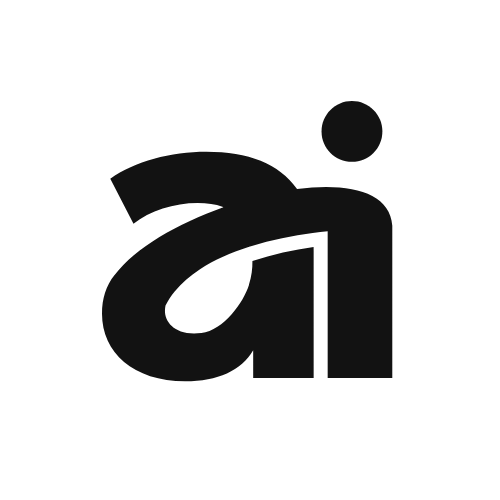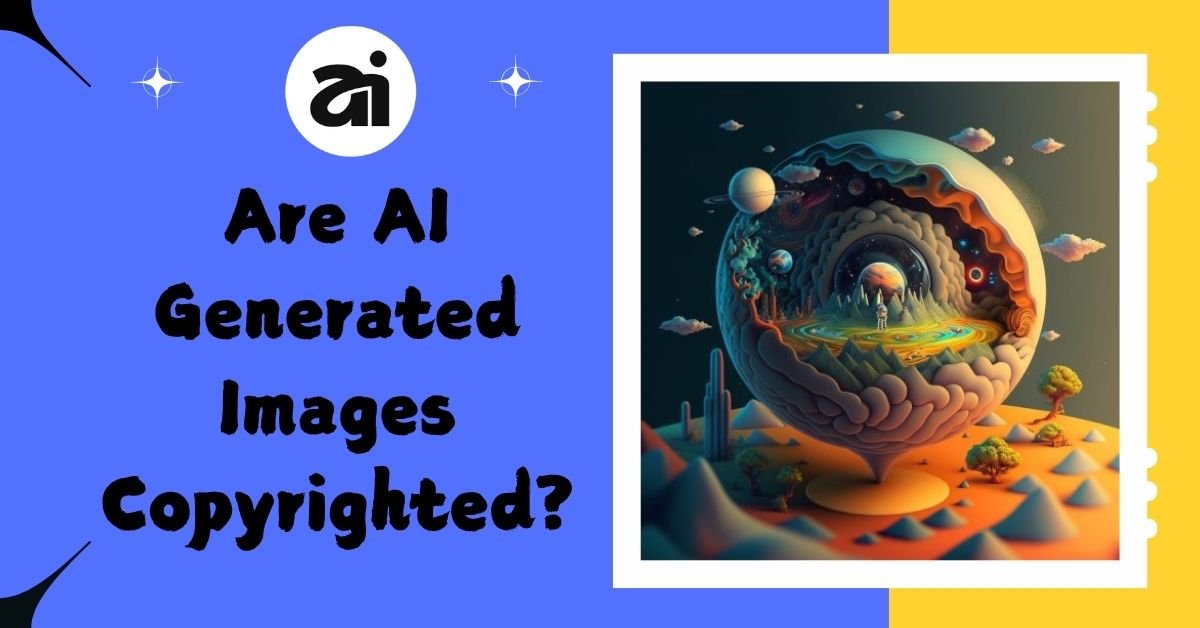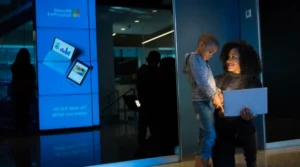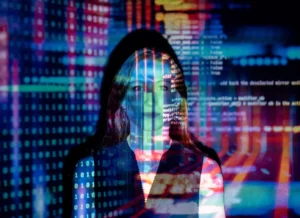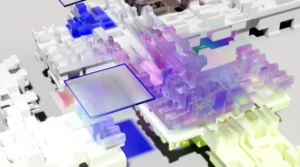Introduction
AI-generated images are everywhere—from your social feed to marketing billboards. But here’s the million-dollar question: Are they copyrighted, and if so, who owns the rights? With the explosive growth of tools like DALL·E 3, MidJourney v6, and Adobe Firefly, creators and businesses are wondering where they stand legally. Let’s break it down for 2025.
Understanding Copyright Basics
What is Copyright?
Copyright is a legal protection for original works of authorship, including art, writing, and music. It gives the creator exclusive rights to reproduce, distribute, and profit from their work.
Who Owns a Copyright?
Typically, the human creator owns the copyright the moment their work is fixed in a tangible form. That’s where AI-generated images stir the pot: What if there’s no human involved?
What Are AI-Generated Images?
Difference Between AI-Assisted and AI-Generated
- AI-Assisted: You sketch something, and the AI helps refine it.
- AI-Generated: You write a prompt, hit “enter,” and boom—a full image appears without drawing a single line.
How AI Models Create Images
These tools use machine learning models trained on massive datasets (often scraped from the web). They “learn” patterns and styles and generate new content based on user prompts.
The Legal Grey Area of AI-Generated Art
US Copyright Office Position (As of 2025)
As of now, purely AI-generated works are not eligible for copyright in the U.S. The U.S. Copyright Office has doubled down on the need for “human authorship.”
EU vs. US Approach to AI and Copyright
While the U.S. sticks to the human-authorship requirement, Europe is experimenting with policies that may allow for shared or algorithmic authorship—but nothing is solid yet.
The “Human Authorship” Requirement
To qualify for copyright, a human must have made creative decisions. Just typing a prompt doesn’t cut it—yet.
Who Owns AI-Generated Images?
The User Who Prompted the Image
Some argue that the person who typed the prompt should own the rights. After all, they told the AI what to do, right?
The AI Tool Developers
Others say platform developers (like OpenAI or MidJourney) should hold ownership, since they built and trained the tools.
No One? – Public Domain Debate
And here’s the kicker—some experts argue that AI art should belong to no one. That means it would be in the public domain, free for anyone to use. Confusing? Yep.
Key Court Cases & Precedents
The Zarya of the Dawn Case
In 2023, this comic book created partially by AI lost its copyright protection. The USCO revoked copyright for pages generated by AI, even though a human wrote the story.
Getty Images vs. Stability AI
Getty sued Stability AI for allegedly scraping copyrighted images to train its AI. The case is still unfolding and could reshape AI copyright law in 2025.
Recent 2025 Rulings to Watch
In early 2025, courts in California and the UK have begun tentatively allowing copyright when human involvement is “substantial.” Details are still developing.
Can You Copyright AI Art?
When Humans Contribute Enough
If you take an AI image and modify it manually—adjust lighting, add elements, or recompose—you might have a shot at copyrighting the result.
What About Using AI as a Brush?
Think of AI like Photoshop. If you use it as a tool in a larger artistic process, your work could be seen as copyrightable.
Commercial Use of AI-Generated Images
Are You Legally Safe Using AI Images?
It depends. Many tools license you the rights to use images commercially—but that doesn’t mean you own them.
What Brands and Creators Should Watch Out For
- Avoid using AI art that mimics real artists’ styles
- Read the tool’s license carefully
- Use original prompts to reduce risk of duplication
Platforms and Licensing
MidJourney’s License Agreement
As of 2025, MidJourney gives commercial rights to paid users, but you don’t get copyright ownership.
Adobe Firefly and Commercial Safety
Adobe claims Firefly is trained only on licensed or public domain content, making it safer for commercial use.
Stable Diffusion and Open-Source Challenges
Stable Diffusion is open-source, which gives flexibility—but also less legal clarity. Some images may be unintentionally similar to copyrighted works.
Ethical Considerations
Using Artists’ Work to Train AI Models
Many artists argue their works were used without consent to train AI models. Lawsuits are pending, and future regulations might require explicit permission.
Deepfakes, Misinformation, and Accountability
AI can easily generate fake celebrity images, political propaganda, or misleading content. Who’s liable? Still being debated.
Best Practices in 2025
How to Safely Use AI Art
- Use platforms with clear licensing
- Avoid copying real-life styles or faces
- Modify outputs for originality
Proper Attribution & Transparency
Always mention the tool used and state whether the image is AI-generated. It builds trust and reduces legal risks.
Legal Disclaimers and Notices
If you’re a business, include disclaimers like: “This content includes AI-generated imagery.” It’s simple and smart.
Future of Copyright Law and AI
Expected Policy Changes
Governments are working on AI-specific copyright laws, with some proposing a new class of “algorithmic works.”
The Role of International Collaboration
Expect more cross-border collaboration to tackle AI-generated media laws globally—especially with the pace of innovation in 2025.
Conclusion
AI-generated images are awesome, mind-blowing, and incredibly useful—but legally, they’re still a bit of a wild west. In 2025, the general rule is: no human touch, no copyright. If you’re using AI tools, read the fine print, stay ethical, and when in doubt—add your own creative spin.
FAQs
1. Can I sell AI art on Etsy or other platforms?
Yes, but check each platform’s policy. Etsy allows AI art, but you must clearly label it as AI-generated.
2. What if I modify AI art before selling?
If your modifications are substantial and creative, you may be able to claim copyright. But it’s a gray area—consult a legal expert for safety.
3. Can someone sue me for using an AI-generated image?
Yes, especially if the image copies someone else’s style or content. Stick to original prompts and platforms with safe licenses.
4. Do I need to credit the AI platform I used?
Not always, but crediting tools like MidJourney or DALL·E builds transparency and protects you from potential disputes.
5. What’s the safest AI tool for commercial art?
As of 2025, Adobe Firefly is considered the most legally secure, thanks to its ethically sourced training data.
You may also like : Best AI Assistant in India, AI Assistant
